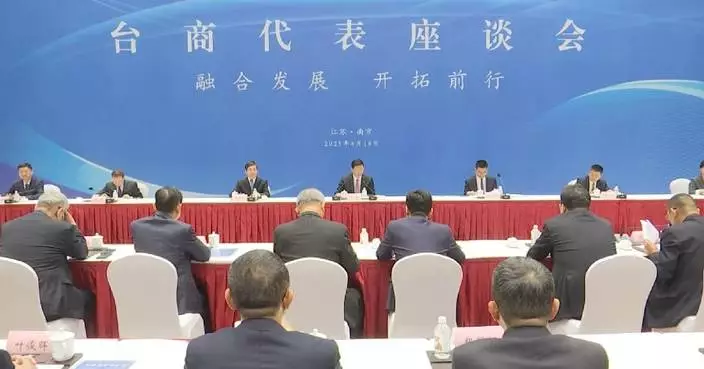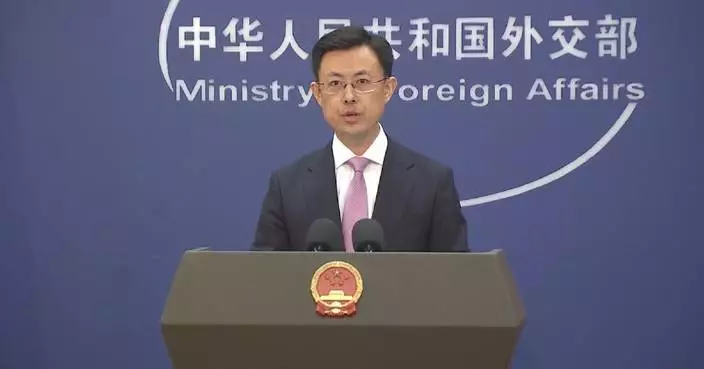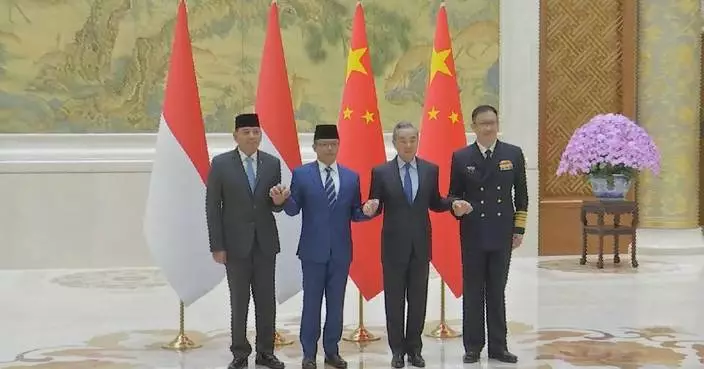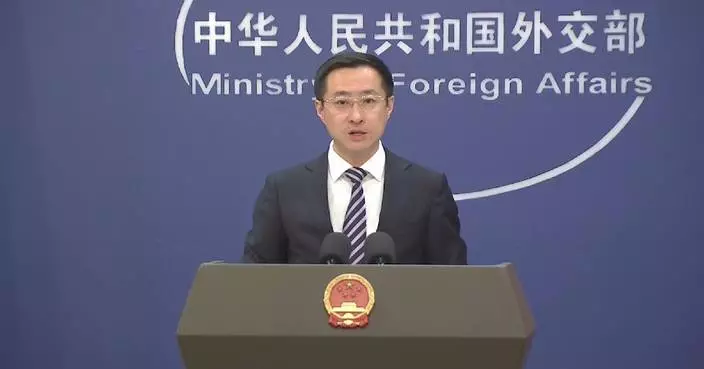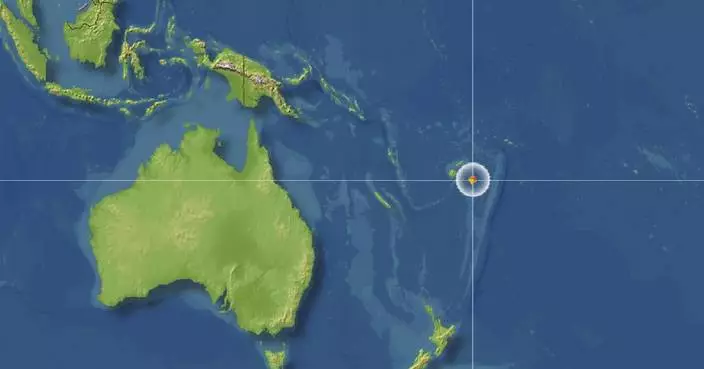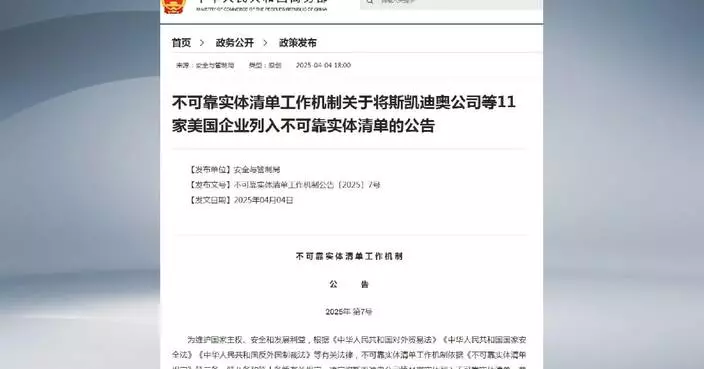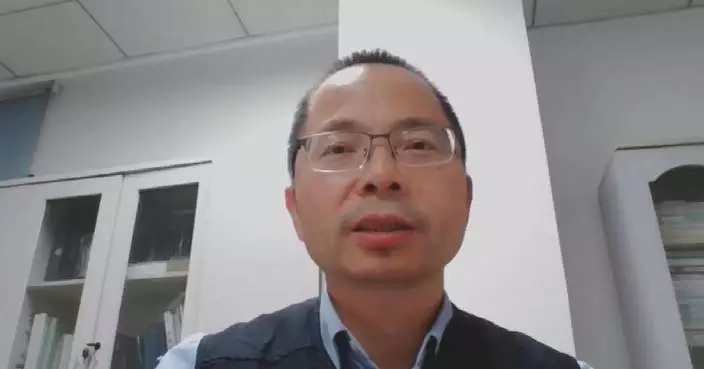Two geological wonders from western China have been designated UNESCO Global Geoparks, the National Forestry and Grassland Administration announced on Friday.
With these additions, China now boasts 49 UNESCO-recognized geoparks, more than any other country in the world.
The two geoparks, one named Kanbula in northwest China's Qinghai Province, a high-altitude marvel, and the other a prehistoric "dinosaur kingdom" named Yunyang in southwest China's Chongqing Municipality, exemplify the country's commitment to harmonizing geological conservation with cultural and ecological sustainability.
Nestled on the northeastern edge of the Qinghai-Tibet Plateau, the Kanbula National Geopark spans roughly 3,149 square kilometers with striking fiery-red Danxia landforms, towering jagged peaks, hidden caves, and emerald lakes. Beyond its visual splendor, the park's true value lies beneath the surface, serving as a premier location for geoscientific research and public science education. Culturally, Kanbula is the heartland of Tibetan regong arts and Huangnan Tibetan opera, which are UNESCO-listed intangible cultural heritages. It is rare in the world that integrates high-precision geoscience research, multi-cultural experience, and plateau ecological preservation.
Local officials say the UNESCO status will boost eco-tourism while maintaining ecological balance.
"The successful designation of Kanbula as a UNESCO Global Geopark will enable full utilization of its role as an international platform, showcase, and bridge, foster domestic and international exchanges/cooperation, boost local tourism-driven economic growth, and advance ecological civilization development through achievement demonstration," said Tashi Tsering, director of Kanbula Scenic Area Management Committee.
In stark contrast to Kanbula's highland grandeur, Yunyang Geopark unveils a prehistoric saga. Yunyang in Chongqing is located in the hinterlands of the Three Gorges reservoir area -- the world's largest dam -- and covers an area of about 112,400 hectares.
It has well-protected dinosaur fossils, karst landforms, and rare animal species, and the historical relics and cultures of the Tu ethnic group are also well-preserved.
The 2014 discovery of dinosaur fossils by a local youth initiated years of excavation that uncovered the world's largest Jurassic fossil wall, measuring 150 meters in length and 6 to 10 meters in height.
The fossils found here are of global scientific importance, as they contribute valuable insights into the evolutionary history of dinosaurs during the Middle Jurassic period, particularly in its early phase.
"Seizing this opportunity of Yunyang's designation as a UNESCO Global Park, we will plan a series of campaigns through an omnichannel, multi-layered promotional network combined with holistic cultural and tourism marketing," said Wu Xuemei, deputy director of Yunyang Cultural and Tourism Commission.
UNESCO defines Global Geoparks as "single, unified geographical areas where sites and landscapes of international geological significance are managed with a holistic concept of protection, education, and sustainable development." These geoparks also involve sustainable coexistence of environmental conservation and local communities' lives.
Back in 2015, UNESCO unveiled the International Geoscience and Geoparks Programme to protect the world's geological heritages and natural landscapes. As of July, UNESCO listed 213 sites in 48 countries as Global Geoparks, and the number has increased to 229 sites in 50 countries so far this year.
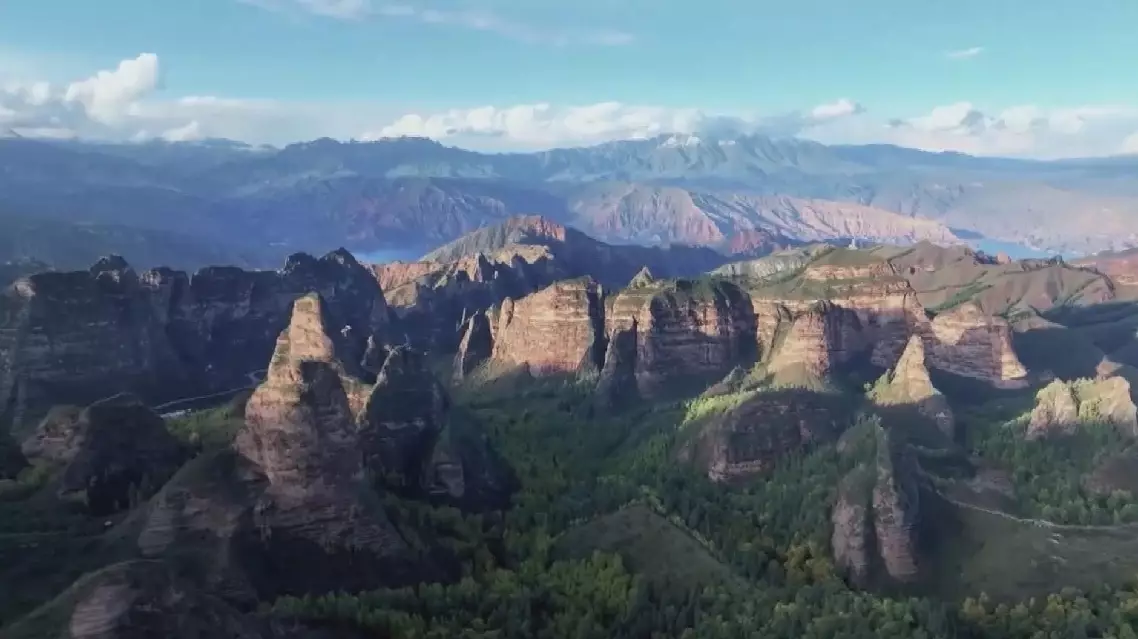
Two Chinese parks added to UNESCO Global Geoparks list







